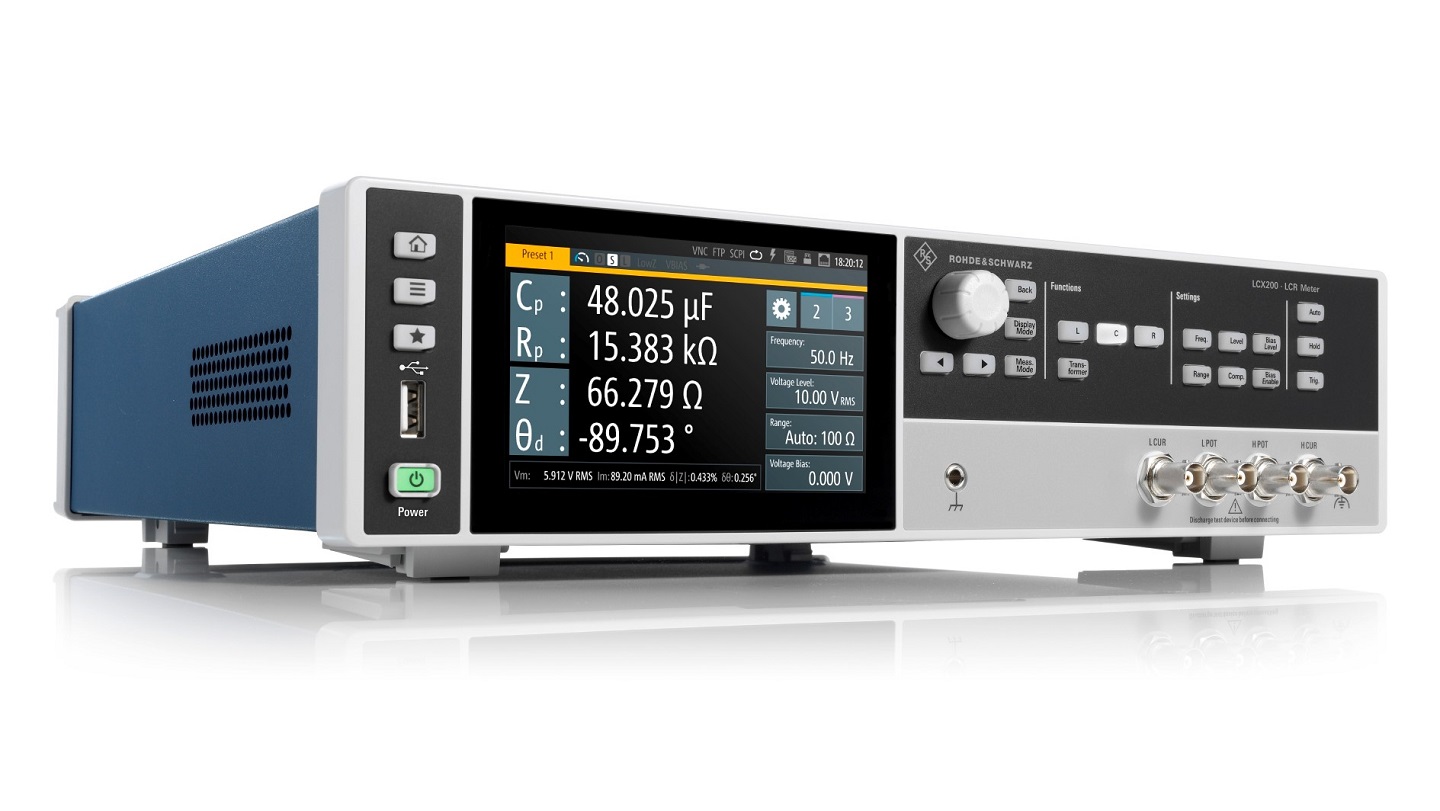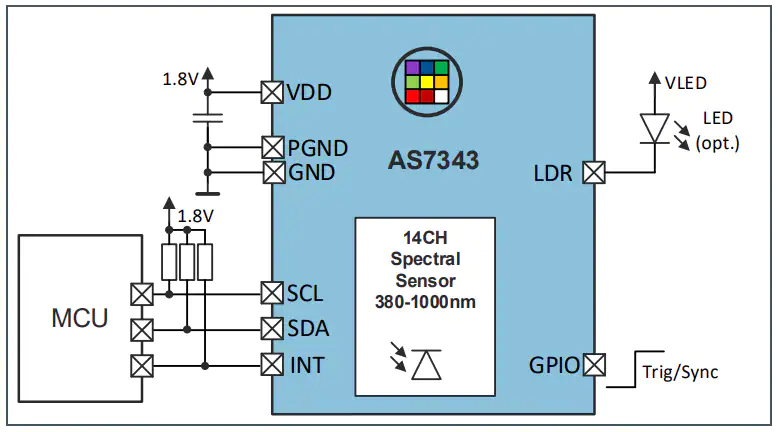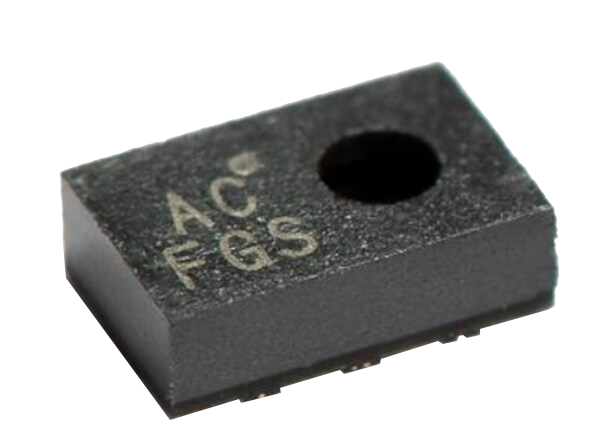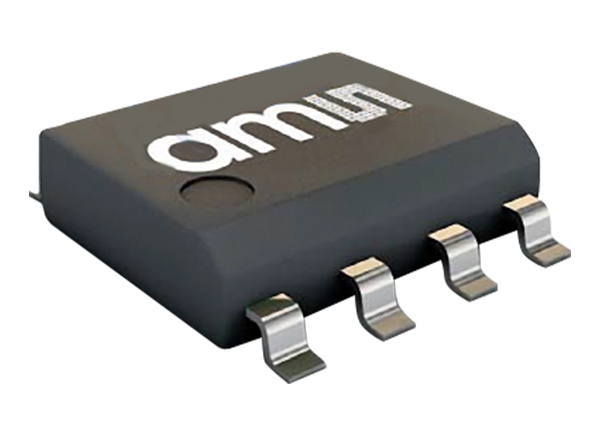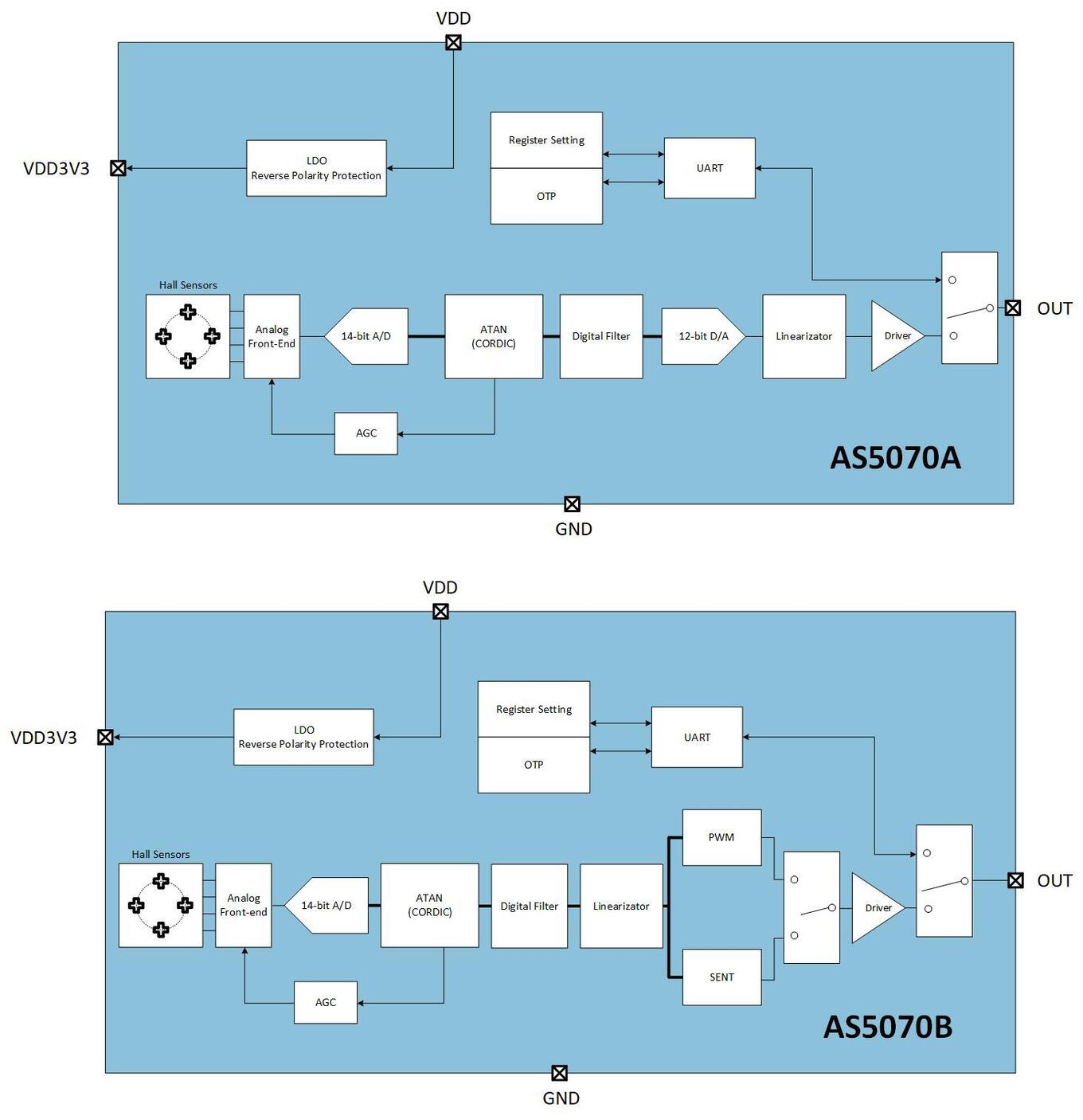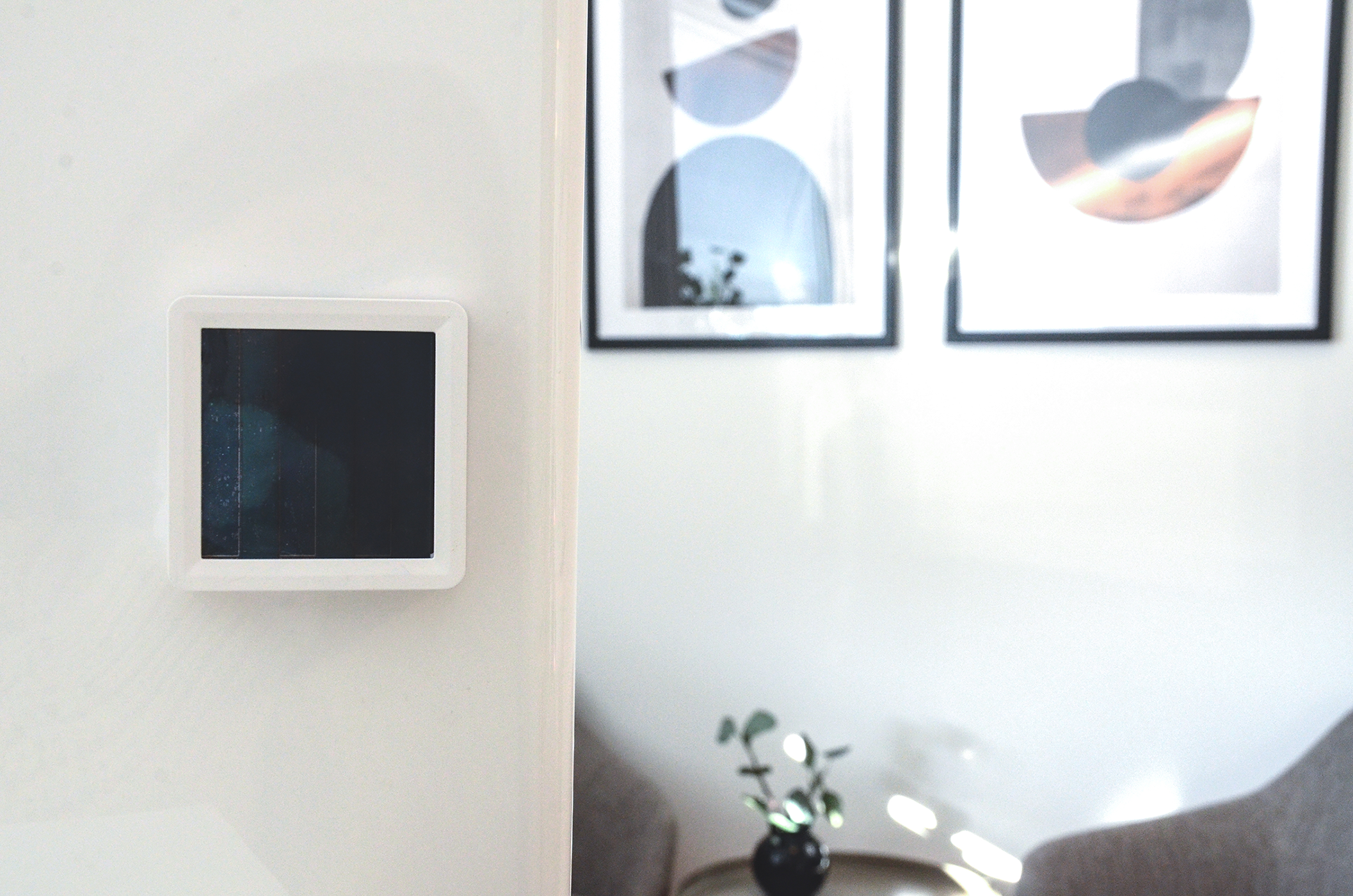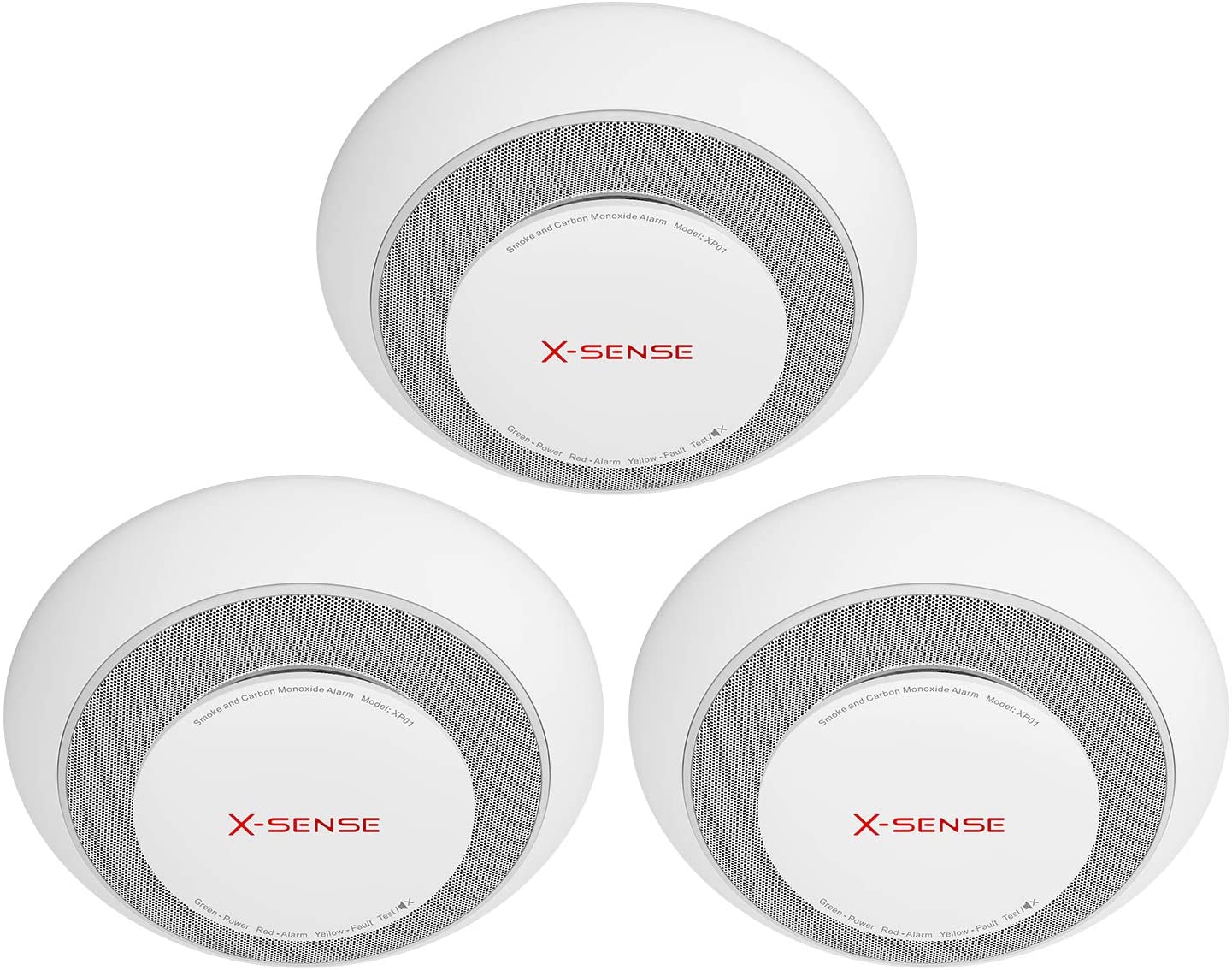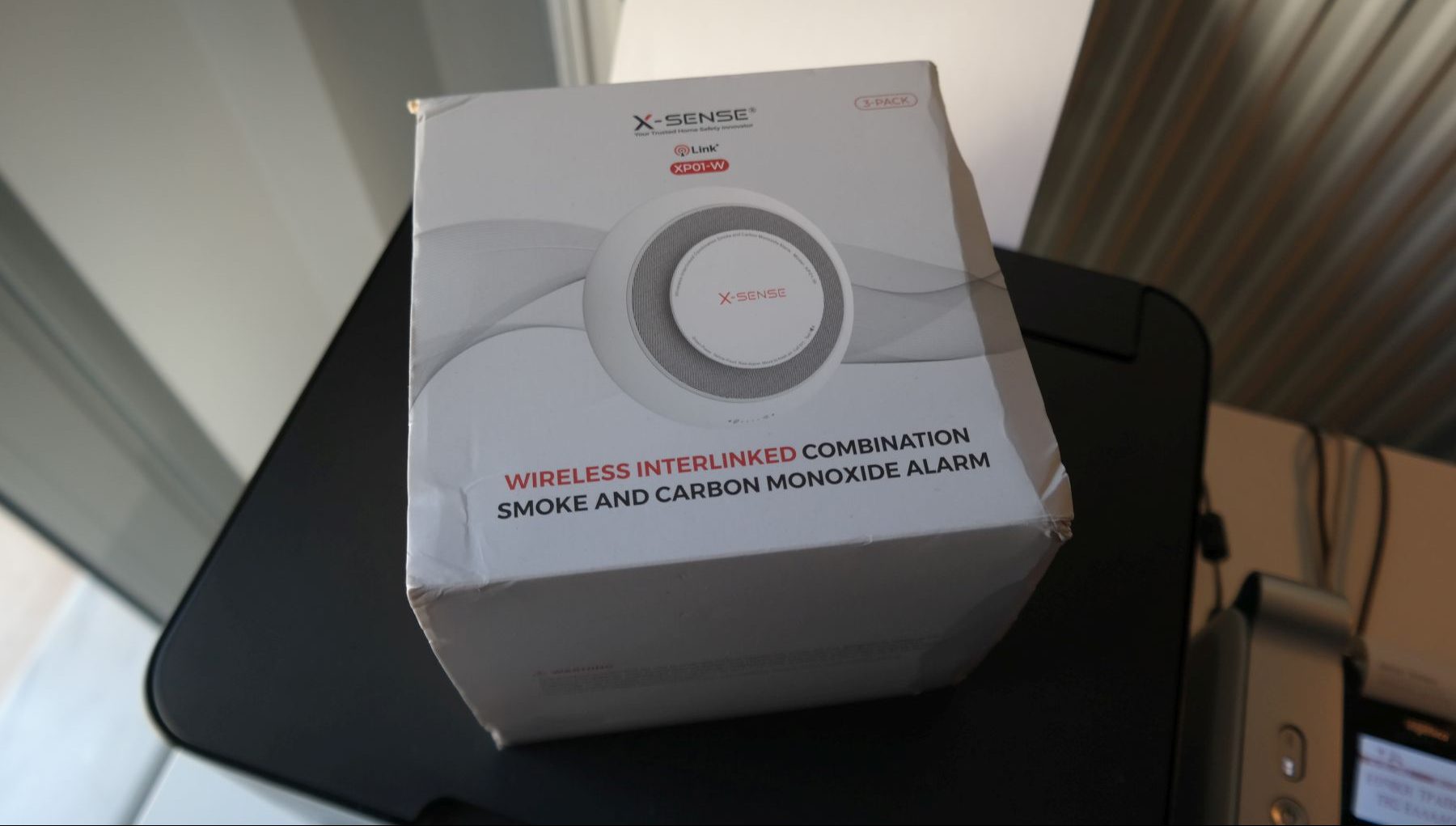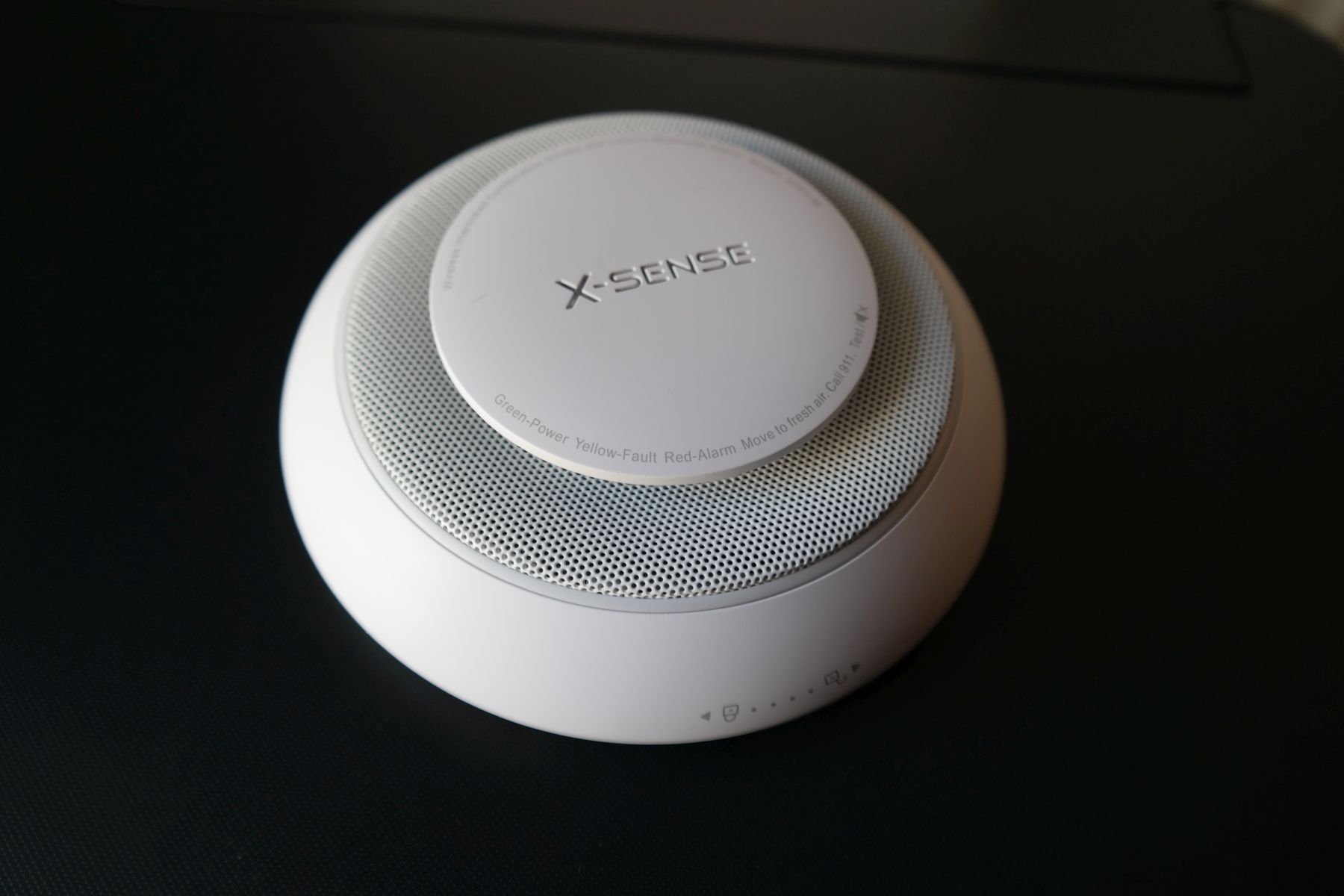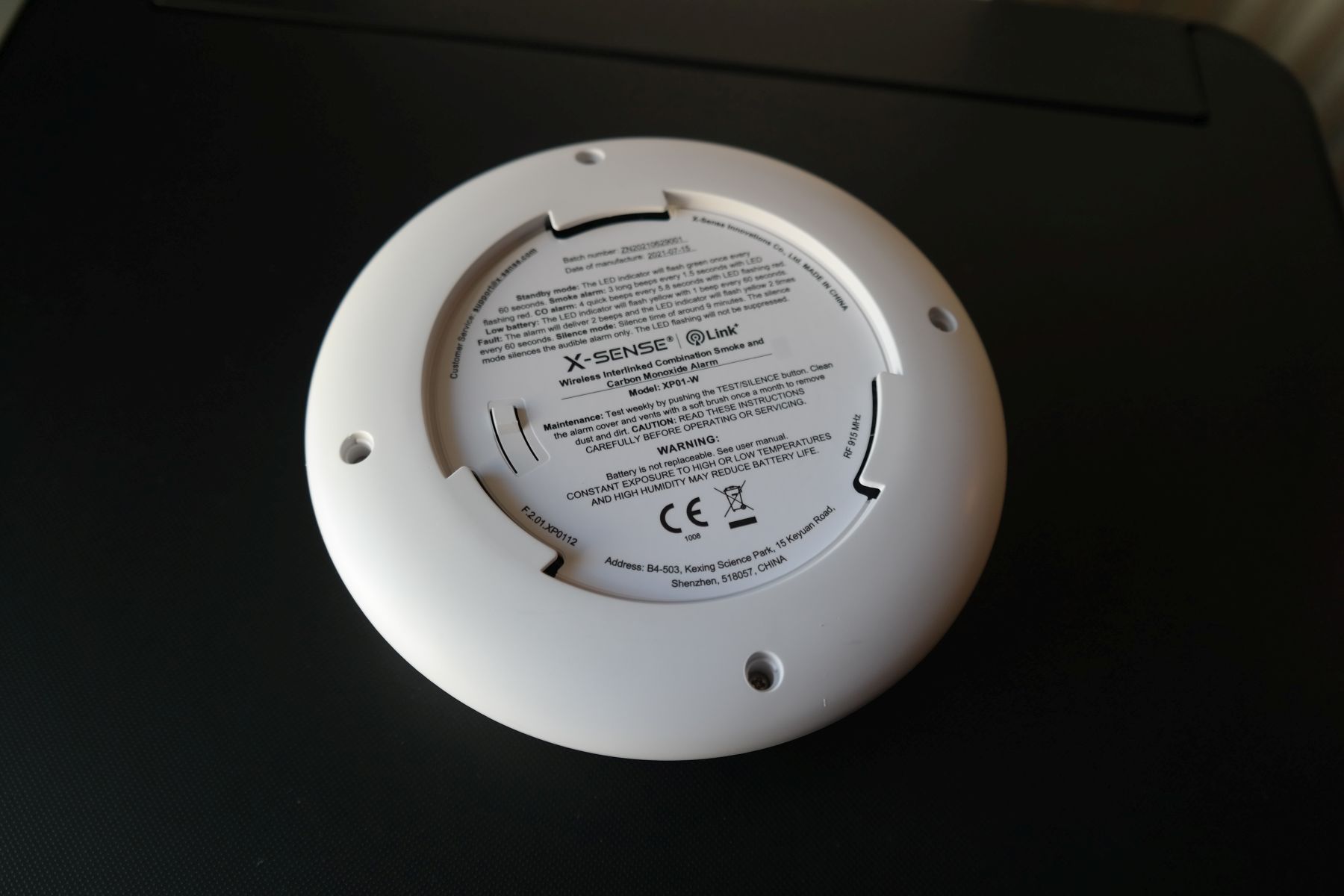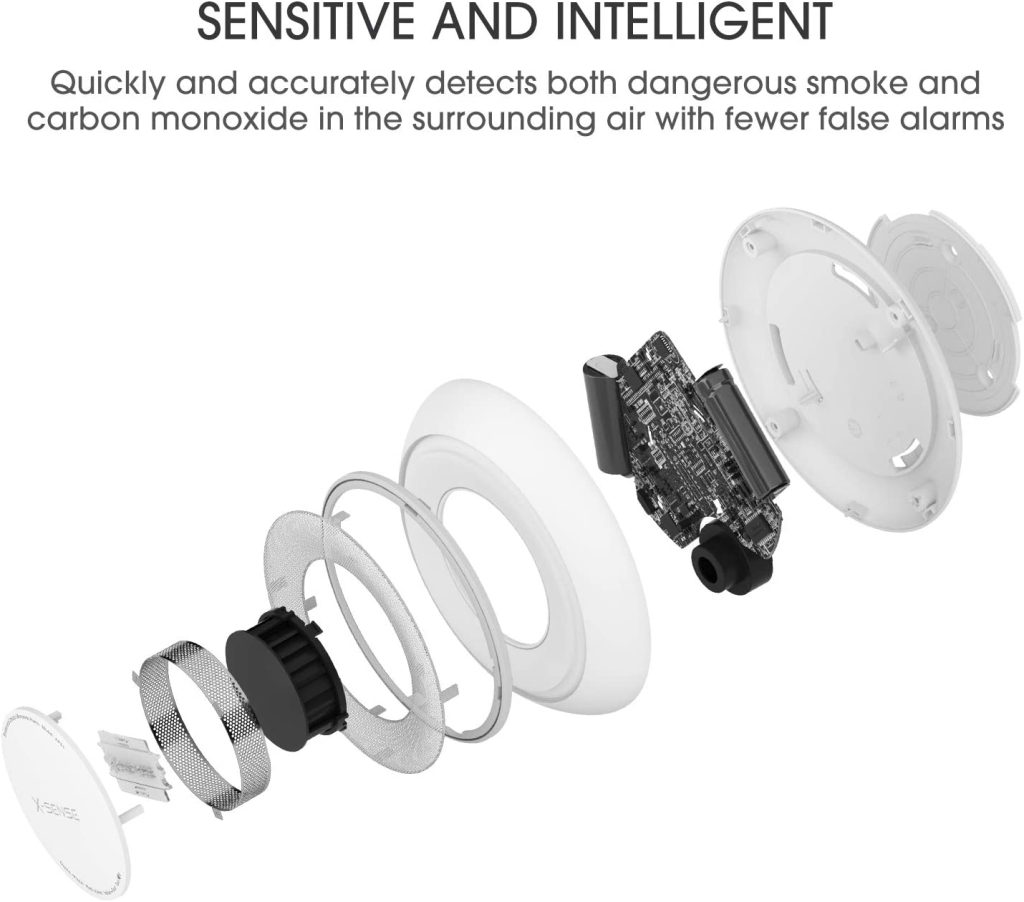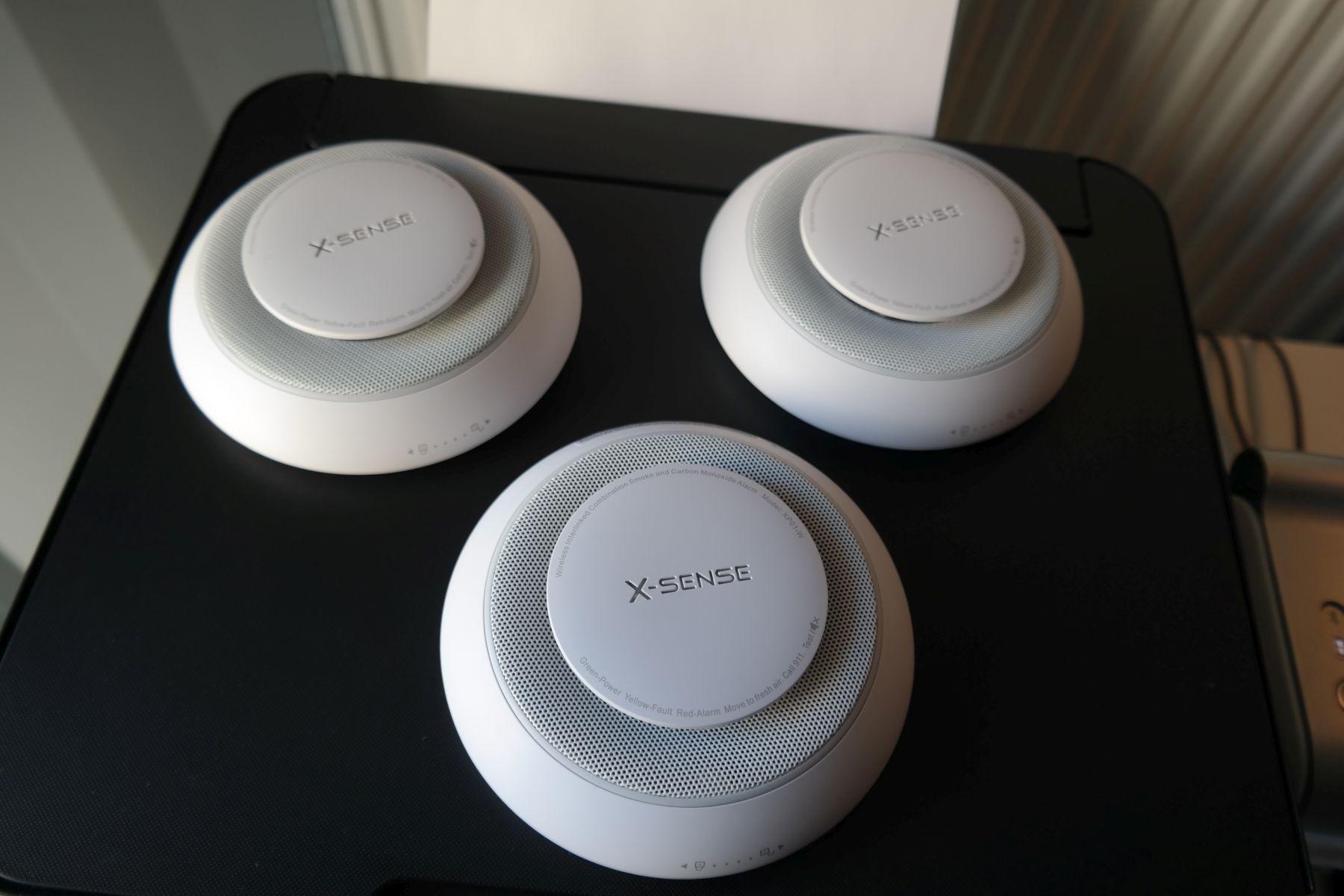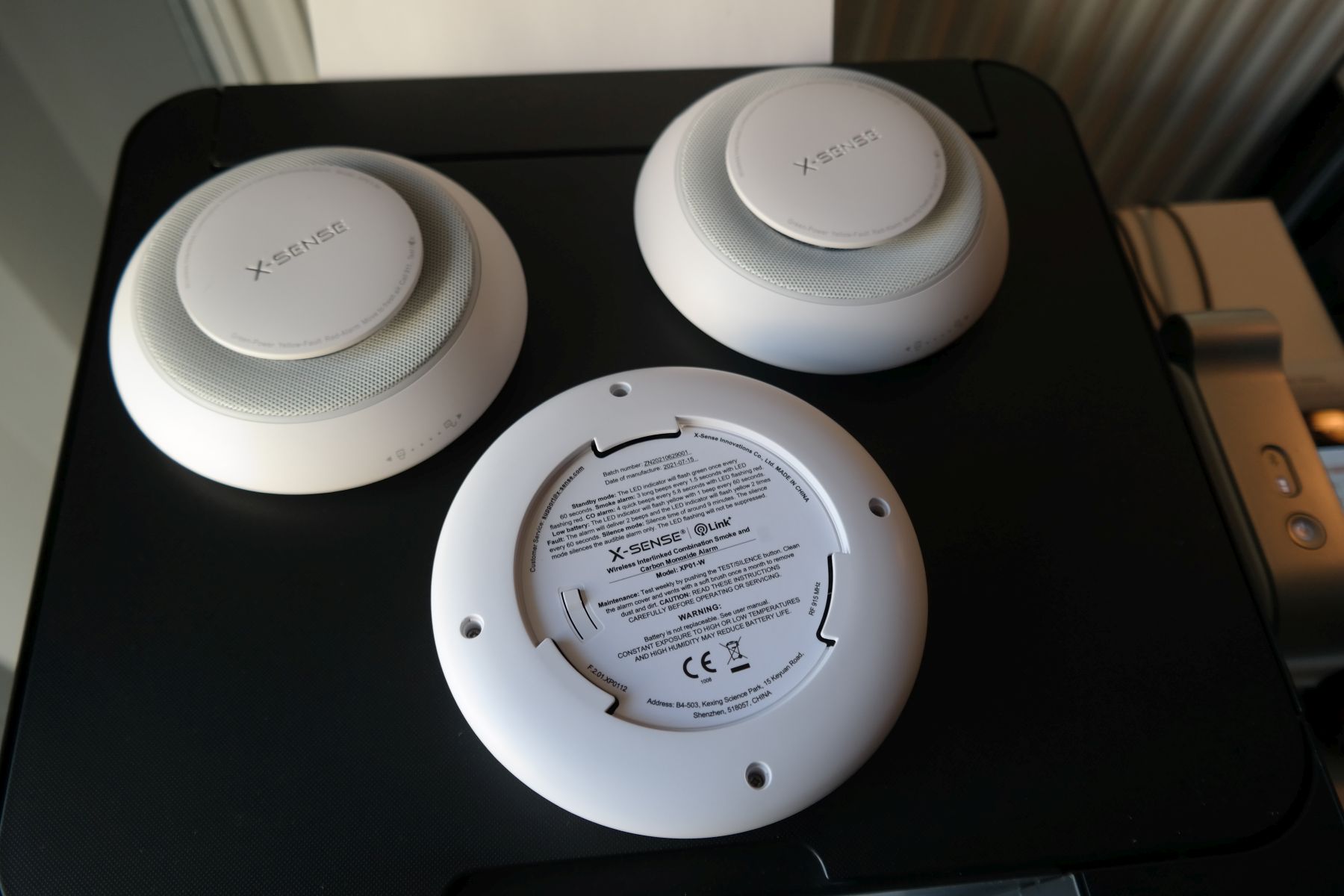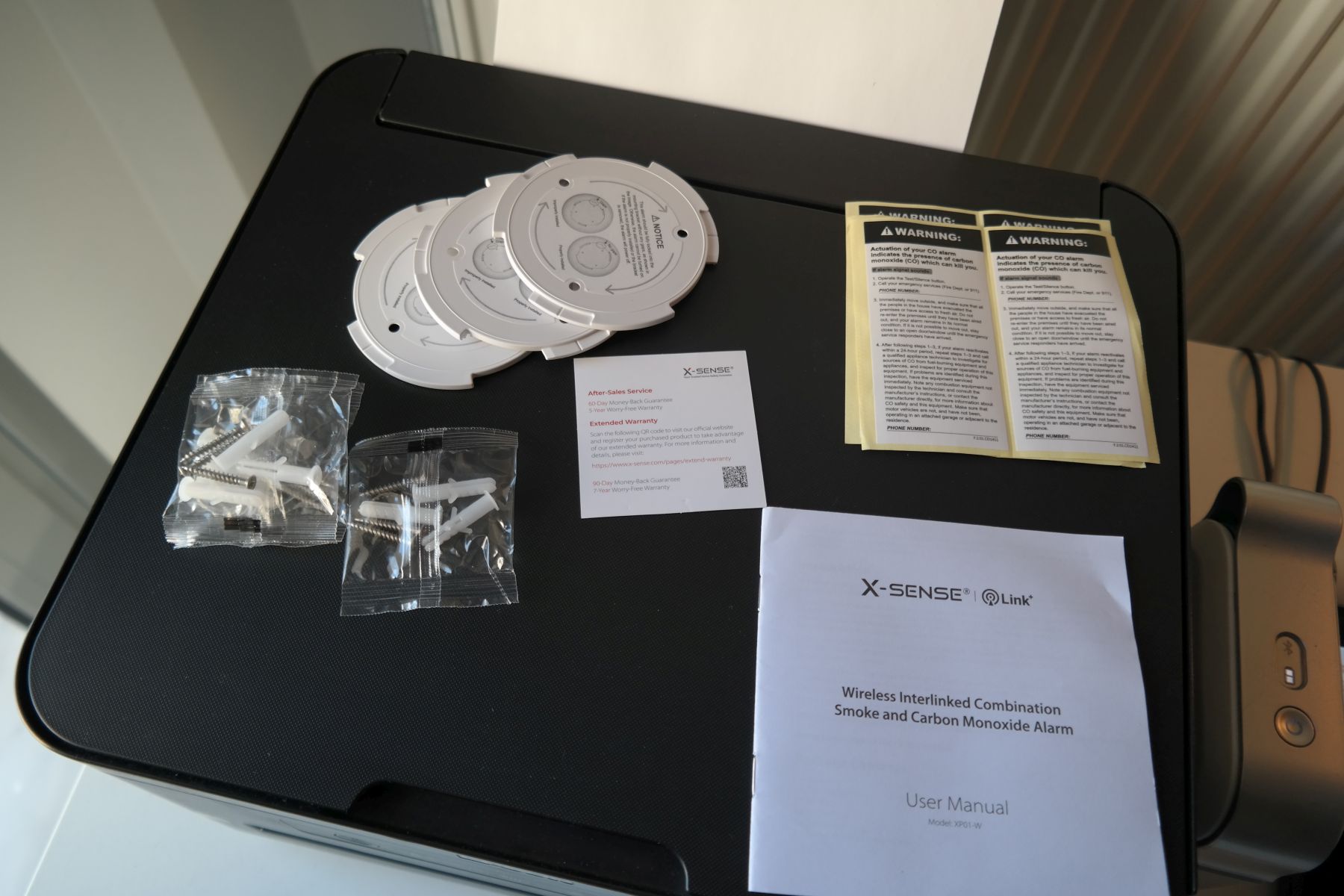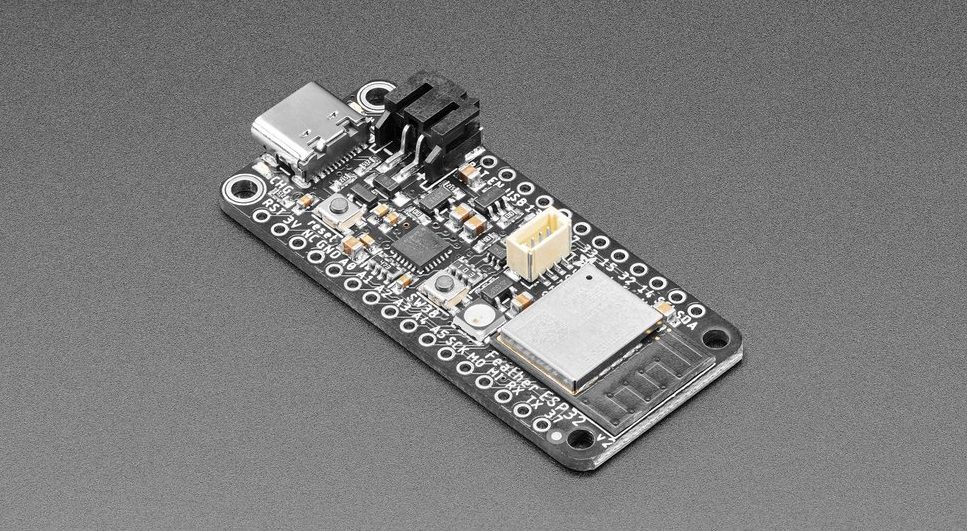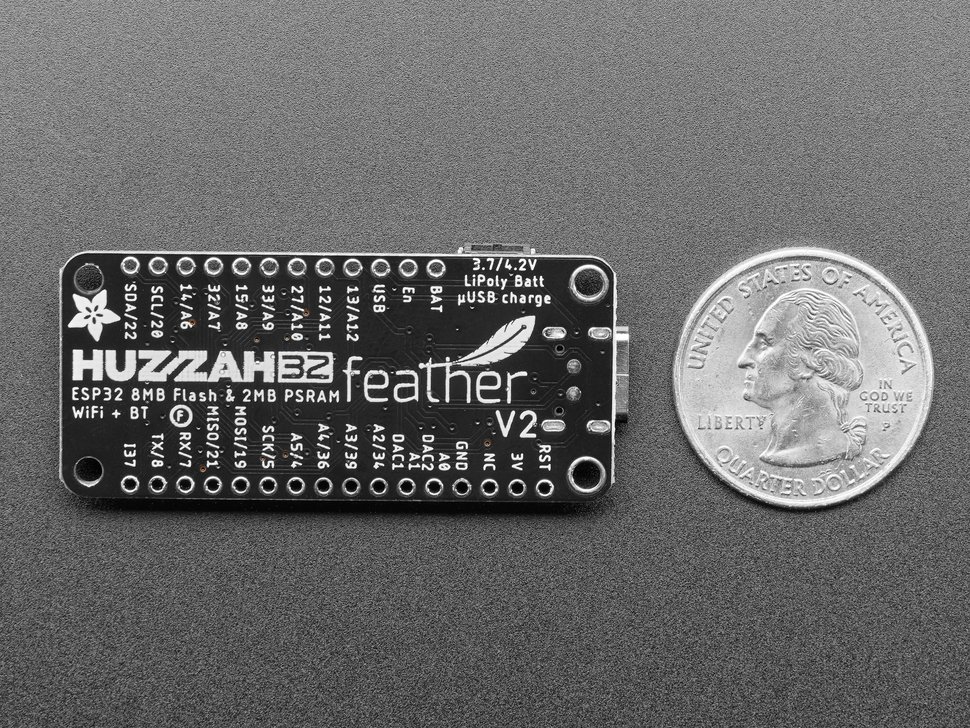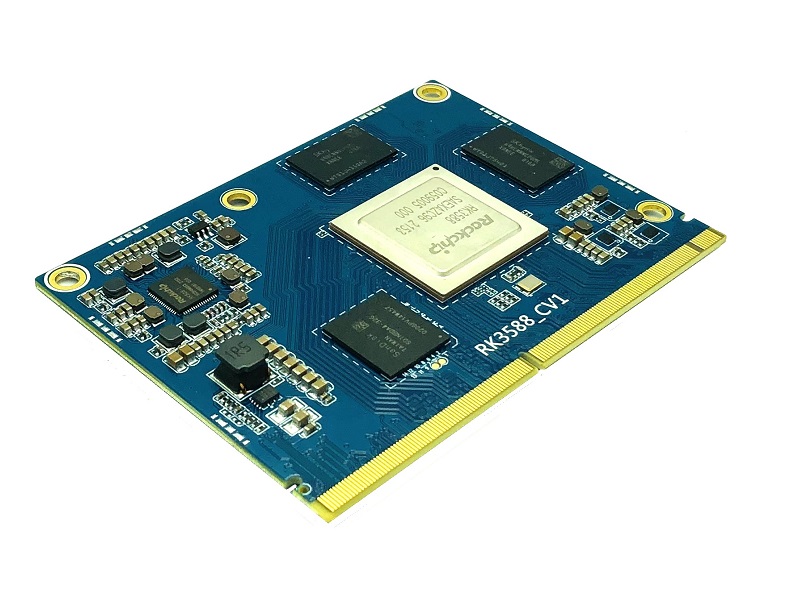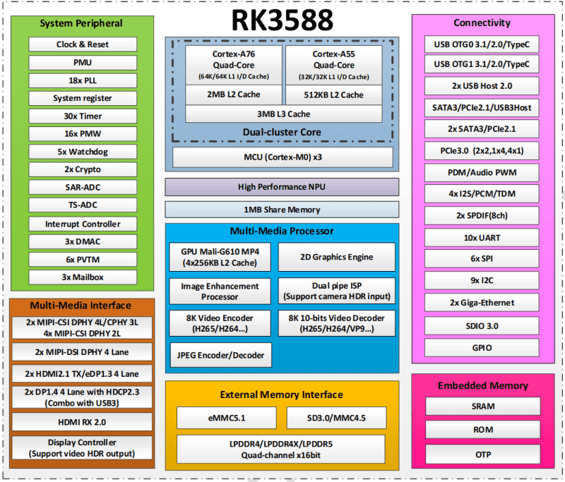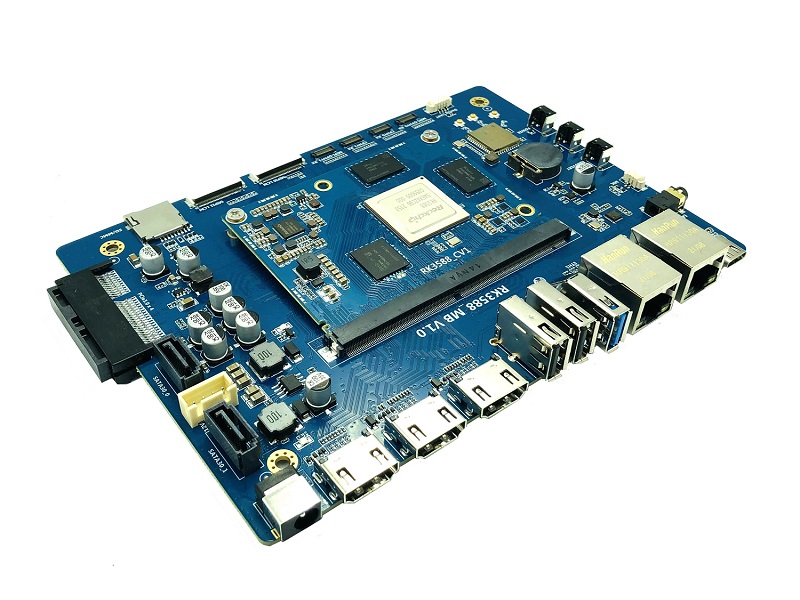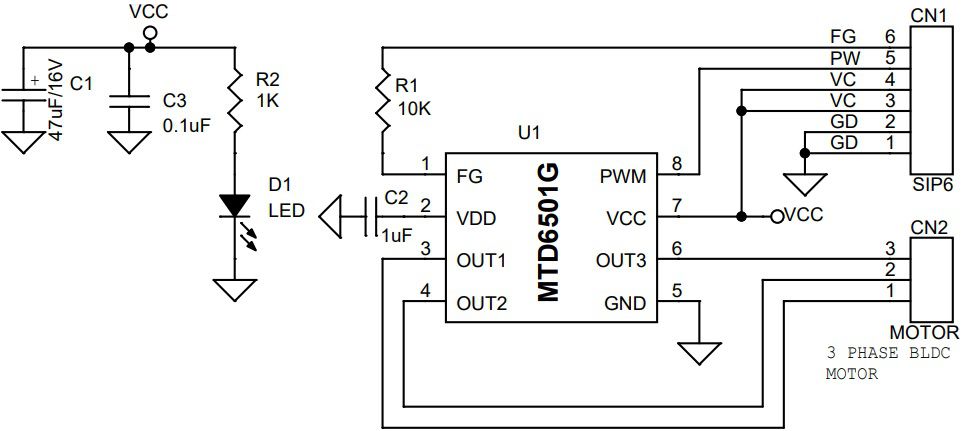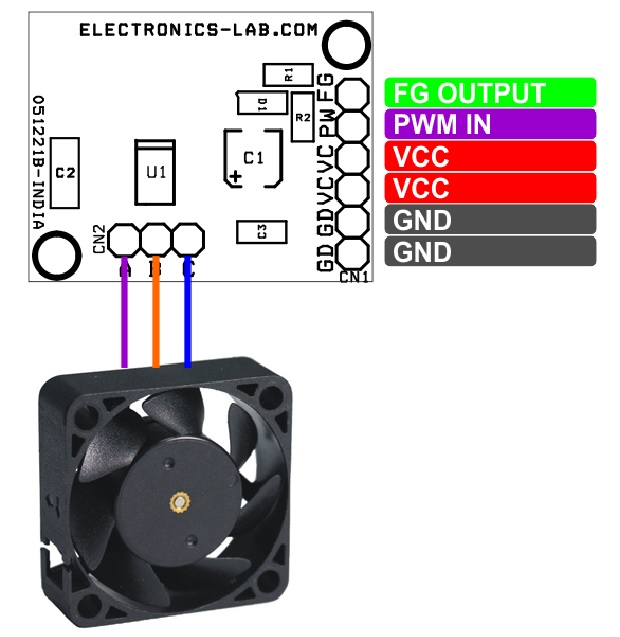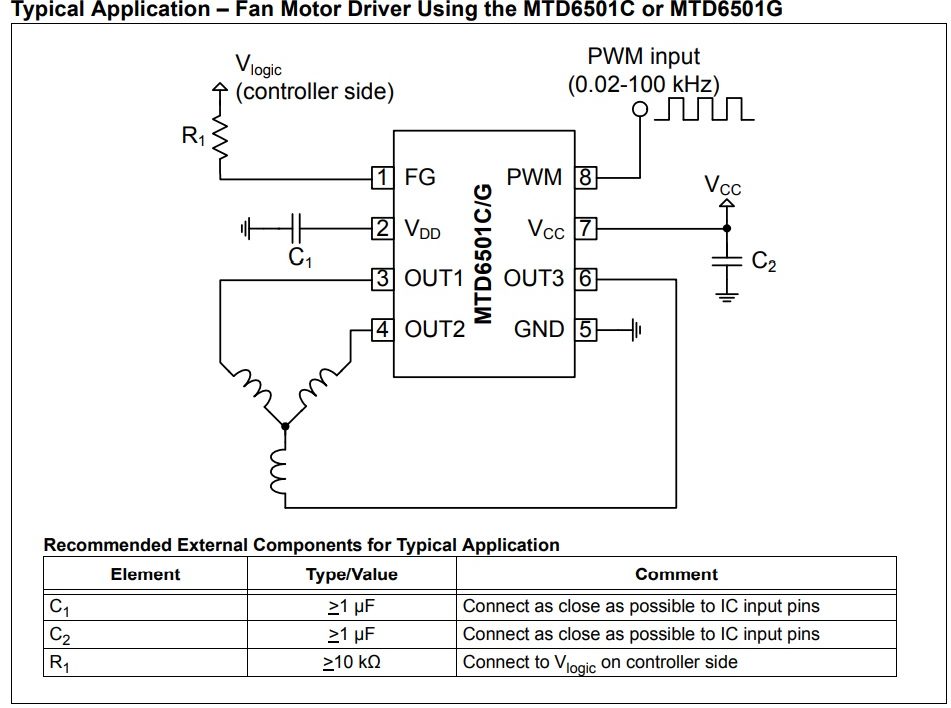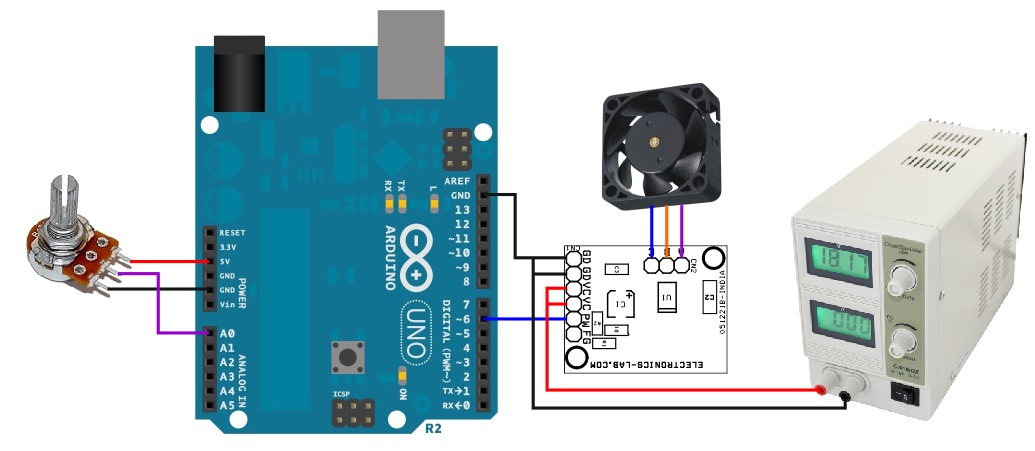With a completely new family of high performance LCR meters, the frequency range of impedance measurements provided by Rohde & Schwarz test equipment is dramatically extended to cover AC components operating from 4 Hz to 10 MHz, supporting all practical applications.
The R&S LCX family of LCR meters serves all established impedance measurements plus specialized measurements for selected component types and provides both, the high accuracy required in R&D, and the high speed needed in production test and quality assurance.
Rohde & Schwarz launches its new LCR meter family of high-performance general-purpose impedance testers covering a wide range of applications. With its supported frequency range from 4 Hz to 10 MHz, the R&S LCX is suitable not only for the vast majority of devices operating at conventional 50 or 60 Hz domestic power frequencies or 400 Hz for aircraft but also for everything from low-frequency seismic sensors to high power communication circuits operating at several Megahertz.
For engineers selecting suitable capacitors, inductances, resistors, and analog filters to match the device application, the R&S LCX models provide high precision impedance values with market-leading accuracy. Equally, higher speed measurements at production-use accuracy for quality control and monitoring are also supported. All the essential software and hardware required for production environments is available, including remote control and result logging, as well as rack mounting for the instrument, and a full range of test fixtures for handling components.
The auto-balancing bridge technology used by the R&S LCX supports conventional impedance measurements by measuring the AC voltage and current for the device under test, including the phase shift. This is then used to calculate complex impedance at any given operational point. As a general purpose LCR meter, the R&S LCX covers many applications, such as the measurement of equivalent series resistance (ESR) and equivalent series inductance (ESL) of electrolytic capacitors and DC-link capacitors. Furthermore, users can test transformers and measure DC resistance in addition to the full range of impedance measurements. To investigate components with impedance values varying at different frequencies and levels, option R&S LCX-K106 supports dynamic impedance measurements with the frequency, voltage or current as the swept parameter.
The R&S LCX family is launched with two models; the R&S LCX100 covers a frequency range from 4 Hz to 300 kHz, the R&S LCX200 a basic frequency range from 4 Hz to 500 kHz with options to cover all frequencies up to 10 MHz. Both models feature a large capacitive touchscreen and virtual keyboard to support tap-and-test for all main measurements. Alternatively, voltage, current, and frequency values can be set using the rotary knob. Less frequently used functions are menu-operated. Settings, results, and statistics can be displayed on the screen or output for automated post-processing. Up to four measurements can be selected and plotted versus time, with minimum and maximum values included in the display for at-a-glance pass/fail analysis.
For investigating impedance in a wider range of materials, the MFIA impedance analyzer from Zurich Instruments AG, a subsidiary of Rohde & Schwarz, complements the R&S LCX perfectly. With the MFIA researchers can characterize semi-conductors or undertake material research into materials including dielectrics, piezoelectrics, ceramics and composites, as well as tissue impedance analysis, cell growth, food research, microfluidics, and wearable sensors.
The R&S LCX family of LCR meters is part of the R&S Essentials portfolio and is now available from Rohde & Schwarz and selected distribution partners. For further information on the R&S LCX visit https://www.rohde-schwarz.com/product/lcx. For more information the LCR meter portfolio from Rohde & Schwarz, including the MFIA from Zurich Instruments AG, visit https://www.rohde-schwarz.com/lcr-meters.


